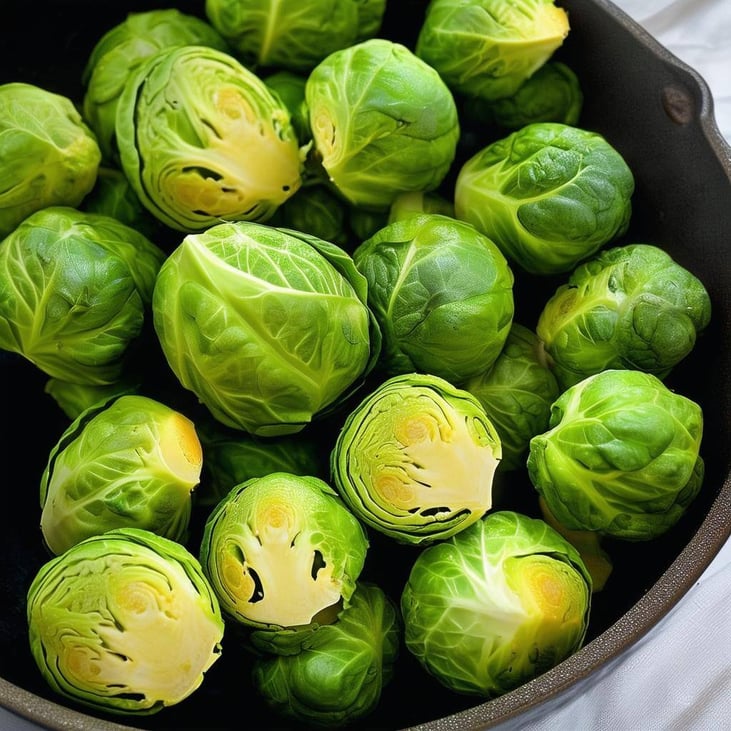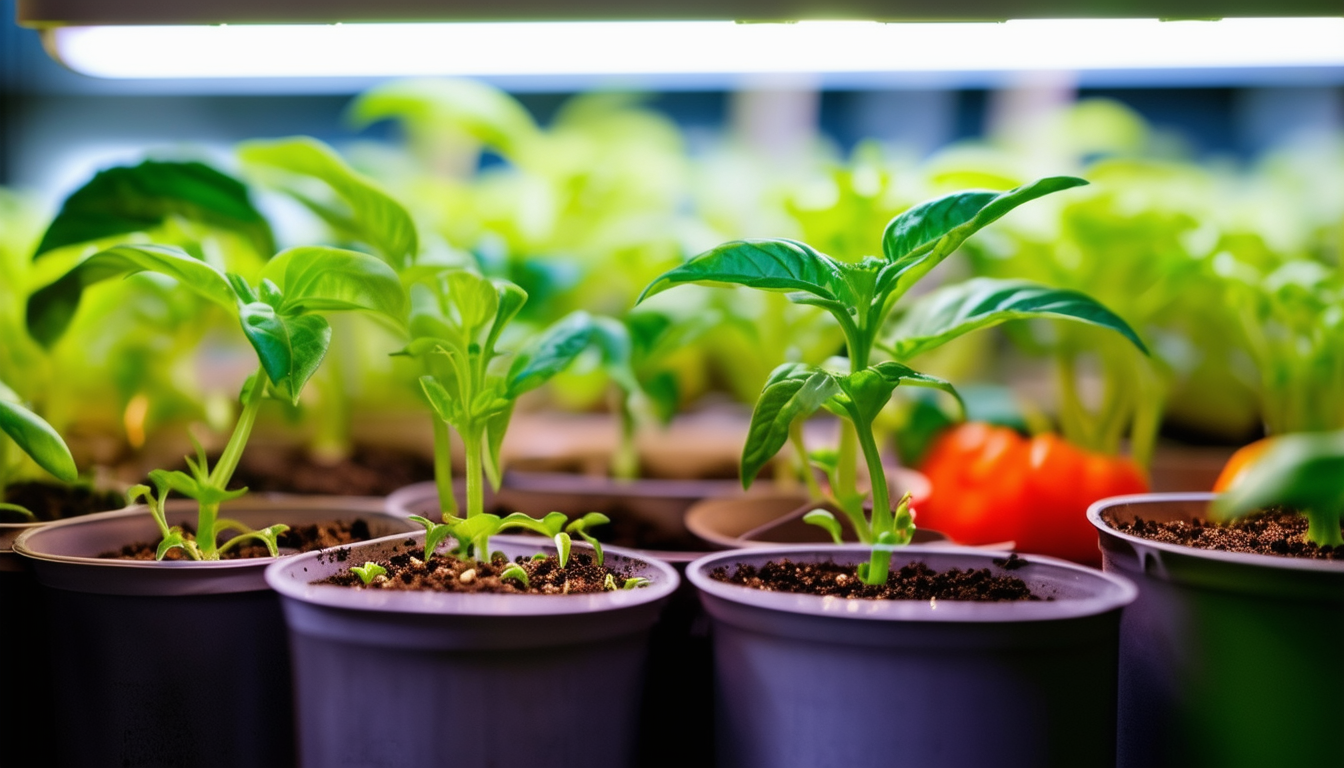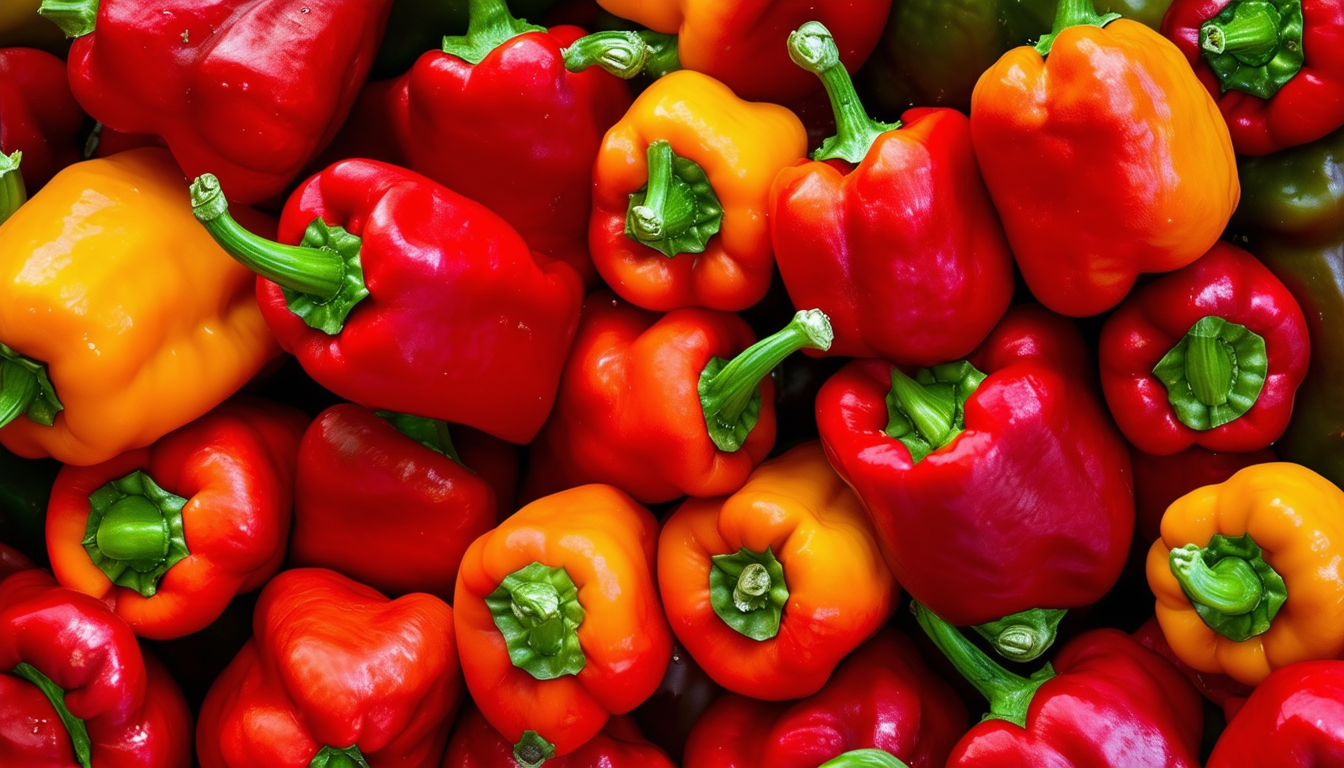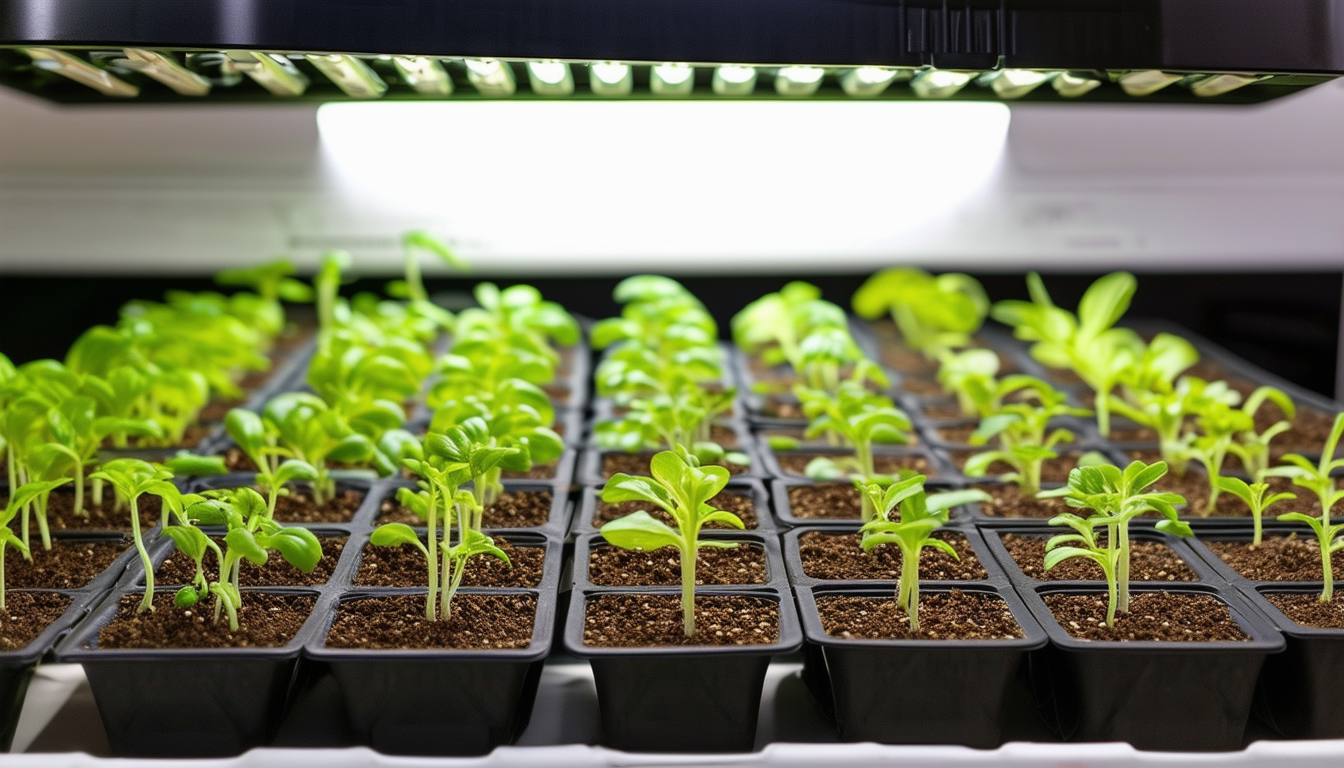
Unlock the secrets to cultivating your own Brussels sprouts from seed, right in your backyard!
Intro Choosing the Right Seeds and Preparing the Soil
Growing Brussels sprouts from seed can be a rewarding experience, offering you the freshest produce straight from your garden. However, success starts with selecting the right seeds and preparing your soil adequately. Choose seeds from reputable suppliers to ensure high germination rates and disease resistance.
Preparing the soil is just as crucial. Brussels sprouts thrive in well-drained, fertile soil with a pH between 6.0 and 6.8. Before planting, enrich the soil with compost or well-rotted manure to provide essential nutrients. This foundational step sets the stage for healthy, vigorous growth.
5 Step Guide - Planting Your Brussels Sprout Seeds
Step 1: Start by sowing seeds indoors 6-8 weeks before the last expected frost. Use seed trays filled with seed-starting mix and sow seeds about 1/2 inch deep.
Step 2: Keep the soil moist and maintain temperatures between 60-70°F (15-21°C) for optimal germination. Seedlings should appear in 7-10 days.
Step 3: Once seedlings have 2-3 true leaves, transplant them into larger pots or directly into the garden if the risk of frost has passed. Space plants about 18-24 inches apart.
Step 4: Water regularly, keeping the soil consistently moist but not waterlogged. Mulching can help retain moisture and regulate soil temperature.
Step 5: As your Brussels sprouts grow, provide support with stakes if necessary to prevent them from toppling over.
Harvesting and Storing Your Brussels Sprouts
Brussels sprouts are typically ready to harvest 85-110 days after planting. Look for firm, 1-2 inch diameter sprouts that are tightly packed. Begin harvesting from the bottom of the plant upwards as the lower sprouts mature first.
To store, keep them in a cool, dry place. Fresh Brussels sprouts can last in the refrigerator for up to a week, but for longer storage, consider blanching and freezing them. This preserves their flavor and nutritional value.
Height, Spread, & Harvest time
Brussels sprouts plants can grow between 2 to 3 feet in height and spread about 1 to 2 feet wide. The time to harvest varies, but it generally takes between 85 to 110 days from planting. Monitoring growth and weather conditions will help you determine the optimal harvest time.
Best Fertiliser, Soil & Optimum Growing Conditions
Use a balanced fertilizer, such as a 10-10-10 formula, to ensure your Brussels sprouts receive essential nutrients. Apply fertilizer at planting and again midway through the growing season.
Brussels sprouts prefer well-drained, fertile soil with a pH of 6.0 to 6.8. They thrive in full sun, requiring at least 6 hours of direct sunlight daily. Consistent watering is crucial, especially during dry spells, to prevent the plants from becoming stressed.
Common issues, pests & diseases
Common pests include aphids, cabbage worms, and flea beetles. Regularly inspect your plants and use insecticidal soap or natural predators like ladybugs to control infestations.
Diseases such as clubroot, black rot, and downy mildew can affect Brussels sprouts. Crop rotation and proper spacing can help prevent these issues. If a plant shows signs of disease, remove and dispose of it immediately to prevent spread.
Best Varieties & Why
Popular Brussels sprout varieties include 'Jade Cross', 'Long Island Improved', and 'Diablo'. 'Jade Cross' is known for its early maturity and resistance to diseases, while 'Long Island Improved' offers high yields and is a classic favorite. 'Diablo' is valued for its cold tolerance and excellent flavor.
Frequently Asked Questions on Brussel Sprouts
Can you grow Brussels sprouts from seed?
Yes, Brussels sprouts can be grown from seed.
Are Brussels sprouts just baby cabbages?
No, they are a distinct plant species.
What month do you plant Brussels sprouts?
Plant Brussels sprouts in early spring.
How many Brussels sprouts will I get from one plant?
Expect to harvest 50-100 sprouts per plant.
What is the secret to growing Brussels sprouts?
Consistent care and pest monitoring are key.
Can I plant Brussels sprout seeds directly in the ground?
Yes, seeds can be planted directly or started indoors.
Do Brussels sprouts grow back every year?
No, they are biennial and do not regrow annually.
Why won't my Brussels sprout seeds germinate?
Cold or overly wet soil may prevent germination.
Should I start Brussels sprouts indoors?
Starting indoors can give you a head start.
Do Brussels sprouts grow well in pots?
Yes, as long as they receive full sun.
Do Brussels sprouts like full sun or shade?
They prefer full sun.
How many Brussels sprout seeds per hole?
Plant one to two seeds per hole.
How big should Brussels sprout seedlings be before transplanting?
Transplant when seedlings are about 3 inches tall.
What happens if you plant Brussels sprouts too close together?
Crowding can stunt their growth.
How long to soak Brussels sprout seeds before planting?
Soak seeds for 12-24 hours.
What not to plant next to Brussels sprouts?
Avoid planting near tomatoes or pole beans.
Should you remove lower leaves on Brussels sprout plants?
Yes, to promote air circulation.
Should you cover Brussels sprouts when growing?
Covering can protect them from pests.
Do Brussels sprout plants like coffee grounds?
Yes, they benefit from the nitrogen in coffee grounds.
Can Brussels sprouts get too much sun?
Excessive sun can stress the plants.
How big should sprouts be before planting?
Sprouts should be about 3 inches tall.
What is the best fertilizer for Brussels sprouts?
Use a balanced 10-10-10 fertilizer.
How many seeds can you put in a hole?
Plant one to two seeds per hole.
Can Brussels sprouts be planted in pots?
Yes, ensure adequate space and drainage.



